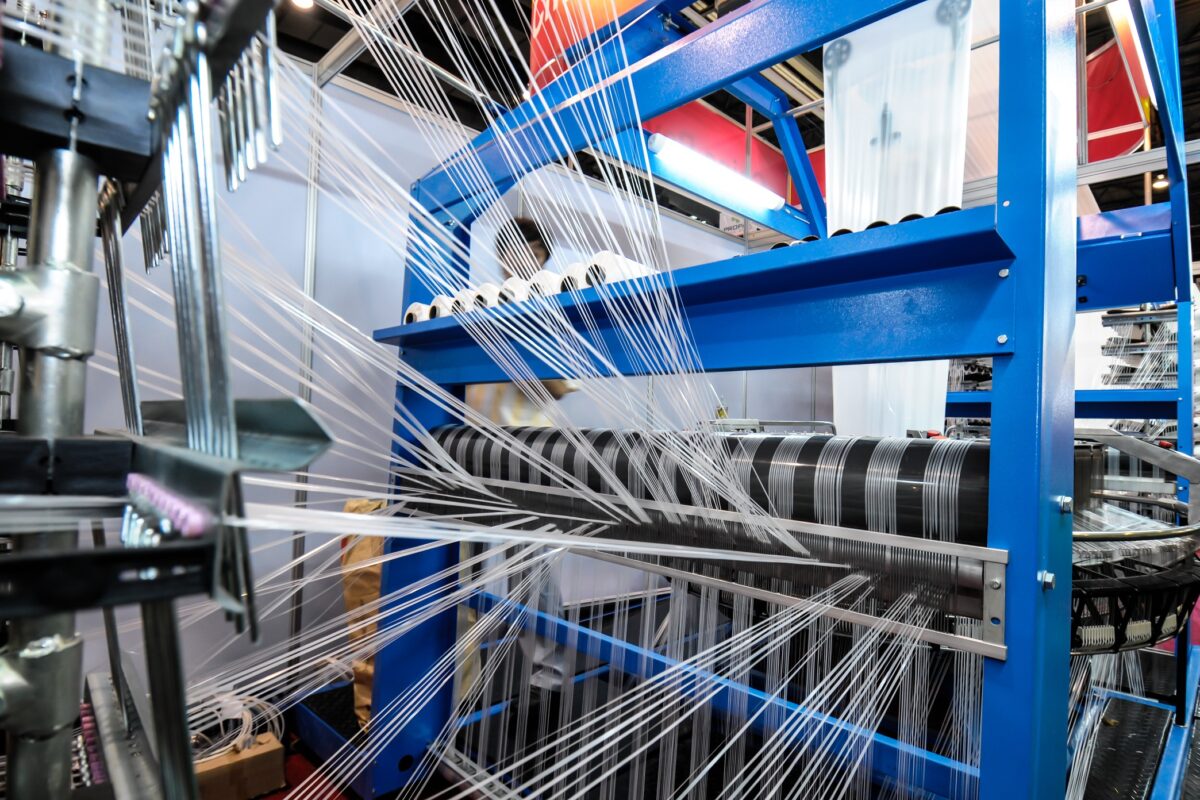The Philippine textile industry is re-inventing itself. At one time the country had huge, fully integrated textile mills that did everything –spinning, weaving, knitting, dyeing. They produced and exported garments under a system that used quotas. Mills would have continuous production of one item giving them economy of scale and good profits.
But problems came into the industry with the advent of cheap textile imports, the abuse of quota system (entities with no mills had quotas allowing them to bring in raw materials, real mills had none) and with low prices combined with high wages, there was a general shutdown.
Textile mills have slowly come back to life using a different business plan. Now there is a healthy export of undergarments, sportswear and socks. The Philippines has an abundance of natural fibers like abaca, piña, bamboo and waterlily which are much in demand among textile users. With the use of nano technology that makes them softer, more pliable as well as resistant to water, fire, stains, static, even bacteria, they become unique textiles that are much in demand.
One innovation resulting in a new textile is called pinatex which is a natural fiber constructed from pineapple leaves. Piñatex is environmentally safe. It can be used for clothing, insulation, anti-bacterial material and even wound dressing for its breathable, natural characteristics.
Philippines increases dependence on natural fibers
- 1
- 2
- 3
- 4
- 5
- 6
- 7
- 8
- 9
- 10
Threads of Labor and Steel: The human-machine ecosystem powering India’s textile…
India generates nearly eight million tonnes of textile waste every year, placing the country at the center of the global... Read more
Hanging by a Thread: US Tariffs cripple Indian textile exports, orders drop 70%
India’s textile and apparel industry is facing an unexpected mid-cycle rupture that is reshaping the sector’s economics far faster than... Read more
Sourcing's new compass, navigating apparel's great migration beyond Asia
The global apparel sourcing business is redefining the metrics of success beyond traditional labor costs. Led by geopolitical risks, consumer... Read more
No A-Grades for Climate: What the fossil-free fashion scorecard reveals about in…
For years, the global fashion industry has promised a cleaner, greener future but 2025’s Fossil-Free Fashion Scorecard by STAND.earth offers... Read more
Wired Threads: How India’s textile backbone is powering the smart apparel future
India’s huge textile industry, long celebrated for its command over cotton and competitive manufacturing scale, is going through a foundational... Read more
The New Core Competency: How sustainability and advanced fabrics are driving Ind…
The SportTech Pavilion at Techtextil India, hosted by Concepts N Strategies, concluded with a unanimous declaration: for India to successfully... Read more
New EU import rules set to raise prices for Shein and Temu, boosting European re…
Europe’s fashion and textile scenario is on the verge of its most consequential structural shift in over a decade. The... Read more
Global apparel trade rebalances in 2025 as Europe rises, Asia stumbles: Wazir Ad…
As the global apparel economy enters the final quarter of 2025, trade flows across major markets reveal a sector facing... Read more
Tariffs, turbulence and tenacity, India’s textile sector finds new strength
India’s textile and apparel export sector is showing a remarkable capacity to adapt and thrive in one of the most... Read more
Future Fiber Demand and the Chemical Recycling Imperative: Global industry eyes …
The global textile industry is entering a period of exponential growth and profound technological transformation, according to key figures speaking... Read more












